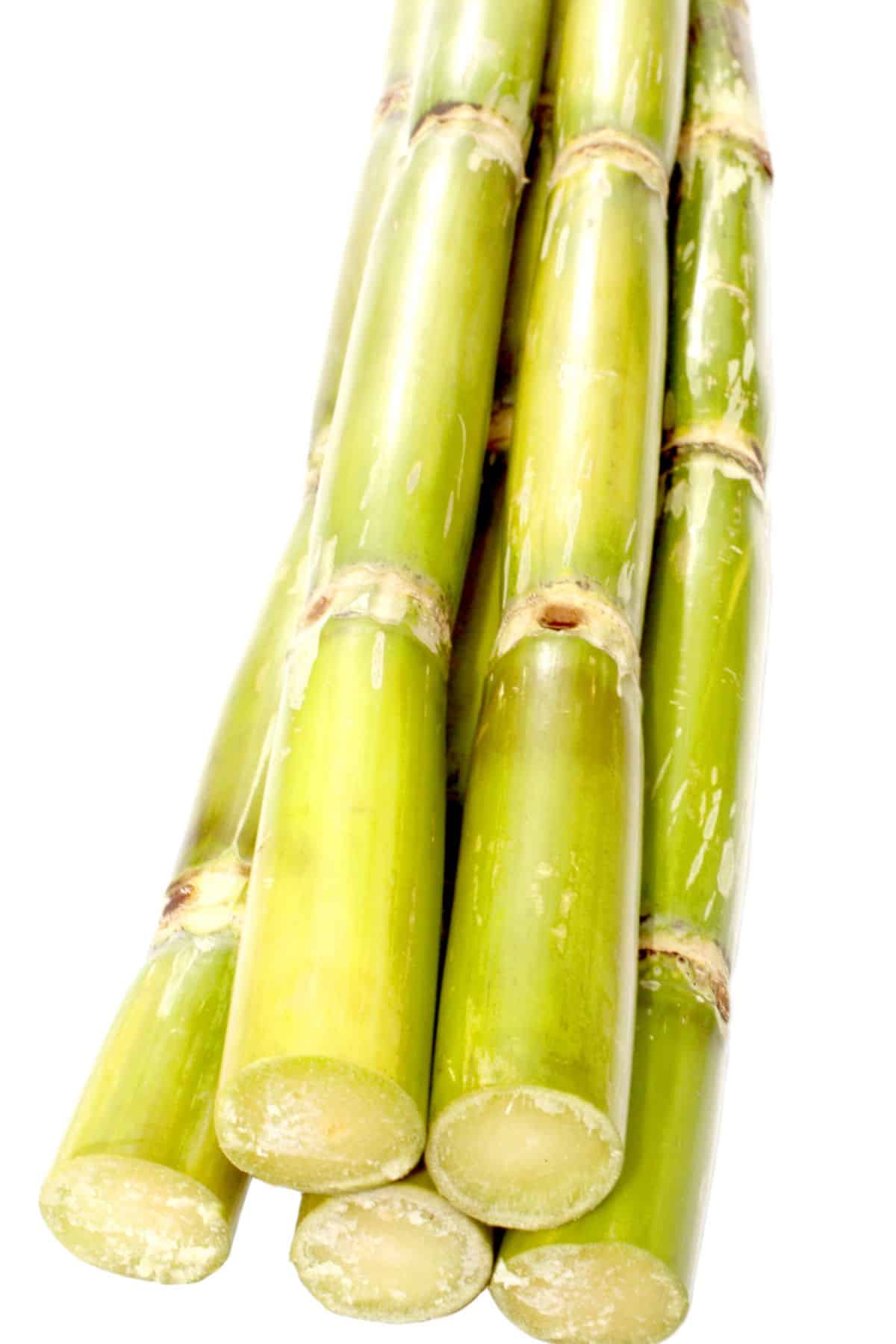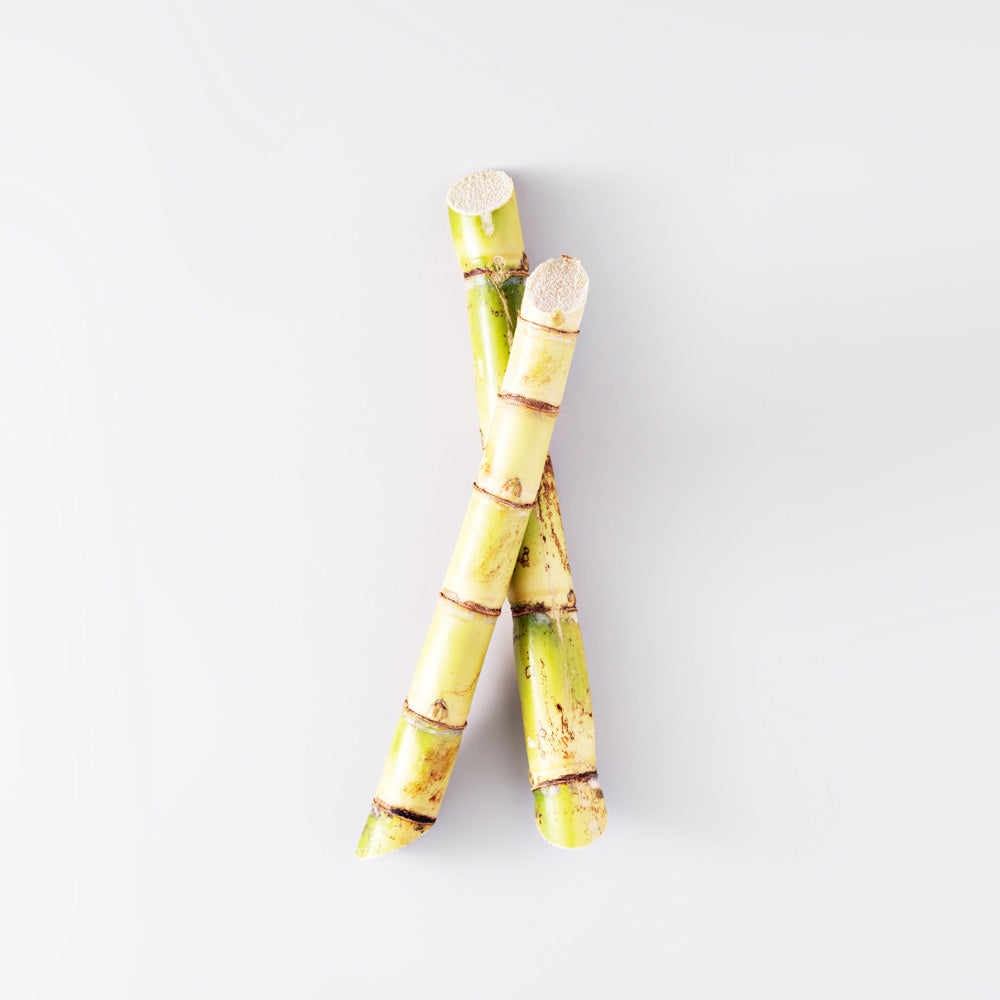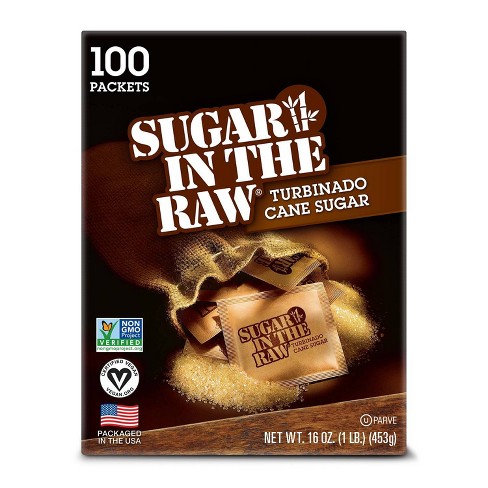Cane Sugar Processing: Trick Technologies for Superior Sugar Production
Cane Sugar Processing: Trick Technologies for Superior Sugar Production
Blog Article
Discovering the Comprehensive Steps Involved in Walking Cane Sugar Processing From Harvesting to Improvement
The process of walking cane sugar production encompasses a collection of detailed steps, beginning with the cautious harvesting of sugarcane and culminating in the refinement phases that make sure the end product meets industry criteria. Each stage, from the extraction of juice to the filtration and condensation processes, plays a vital role in identifying the high quality and character of the sugar. Understanding these phases not only highlights the complexity of sugar production but additionally increases crucial concerns concerning efficiency, sustainability, and innovation in the industry. What implications do these factors have for future practices?
Collecting Sugarcane
Gathering sugarcane is a critical action in the cane sugar handling chain, as it directly influences the high quality and return of the last item. Proper timing and methods are vital throughout this stage to make sure optimal sugar material and reduce losses. Typically, sugarcane is harvested when it reaches maturity, typically 12 to 18 months after growing, defined by a high sucrose focus.

Post-harvest, the sugarcane must be refined swiftly to stop sucrose deterioration. Preferably, harvested cane must be moved to processing facilities within 24 hours to protect sugar quality. Therefore, effective logistical preparation is important to preserve the honesty of the gathered plant throughout the supply chain.
Removal Process

The smashed walking stick is subjected to a collection of pressing procedures to make best use of juice recovery. Normally, warm water is splashed onto the crushed walking cane, creating a countercurrent circulation that aids liquify the sugar while likewise assisting in the removal process. The juice gathered from this operation consists of not just sugar yet additionally various natural compounds and impurities.

To improve removal efficiency, some facilities might employ diffusion approaches, where the sugarcane is soaked in warm water, permitting the soluble sugars to diffuse right into the fluid. The resulting juice, rich in sucrose, is after that guided to succeeding handling phases, laying the foundation for filtration and refinement. The extraction process is therefore essential in establishing the high quality and return of the last sugar item.
Purification Methods
The filtration techniques used in walking stick sugar processing are vital for transforming the raw juice right into a top quality sugar item. These methods largely intend to eliminate contaminations, such as soil, plant materials, and not natural materials, which can adversely affect the end product's taste and color.
One of the most common purification techniques is explanation. This procedure includes including lime and warmth to the raw juice, which promotes the coagulation of impurities. The resulting precipitate is then gotten rid of via sedimentation or filtering, producing a more clear juice. Additionally, making use of phosphoric click for source acid can boost the information process by additional binding contaminations.
An additional substantial strategy is carbonatation, where carbon dioxide is introduced to the made clear juice. This reaction produces calcium carbonate, which captures remaining contaminations and advertises their removal.
Additionally, triggered carbon treatment may be put on adsorb any type of continuing to be colorants and organic impurities, ensuring a much more refined item. The mix of these methods properly prepares the sugar juice for subsequent action in the refining process, establishing the stage for the manufacturing of top notch walking stick sugar.
Condensation Approaches
After the purification stage, the following crucial step in cane sugar processing involves crystallization methods, which play a pivotal function in transforming the cleared up juice into solid sugar. This process generally utilizes two main techniques: spontaneous crystallization and regulated condensation.
In spontaneous crystallization, supersaturated sugar options are permitted to cool down normally, leading to the formation of sugar crystals over time. This method allows for the consistent growth of sugar crystals and greater pureness.
During crystallization, the clarified juice is focused with dissipation, increasing its sugar web content until it gets to supersaturation. When this point is achieved, either technique can promote the condensation process. Cane Sugar Processing. click here to find out more The resultant sugar crystals are after that separated from the continuing to be syrup through centrifugation
Ultimately, the option of crystallization technique influences the high quality, dimension, and pureness of the final sugar item, making this step vital in the general walking cane sugar processing procedure.
Improvement and Packaging
How can the pureness and quality of walking stick sugar be even more improved after condensation? The refinement procedure plays a crucial duty in attaining premium walking stick sugar. Complying with formation, sugar undertakes a thorough washing to remove contaminations and recurring molasses. This is generally completed utilizing cozy water or vapor, which aids liquify and remove undesirable aspects while preserving the sugar crystals.
Next, the sugar is subjected to a procedure called centrifugation, where it is spun at broadband to divide the cleansed sugar crystals from the staying fluid. After centrifugation, the sugar is often more refined via a method called carbonization or phosphatation, which uses turned on carbon or phosphoric acid to remove shade and off-flavors.
As soon as fine-tuned, the sugar is dried out to achieve the preferred wetness content, guaranteeing that it stays steady throughout storage and transportation. The final step entails product packaging the polished sugar in impermeable and moisture-proof containers to keep its high quality and protect against contamination. Cane Sugar Processing. Correct product packaging not only prolongs life span but additionally facilitates easy handling and circulation, making sure that customers obtain sugar that meets the highest possible standards of pureness and high quality
Verdict
The detailed actions entailed in walking stick sugar processing, from the thorough harvesting of sugarcane to the complex refinement and product packaging stages, underscore the significance of each stage in making sure high-grade sugar production. Optimal harvesting methods, effective this link extraction techniques, and rigorous filtration procedures jointly add to the end product's pureness and security. The formation and subsequent packaging methods even more enhance the honesty and life span of the sugar, highlighting the intricacy and accuracy fundamental in this vital agricultural industry.
The procedure of walking stick sugar manufacturing incorporates a collection of elaborate steps, starting with the mindful harvesting of sugarcane and culminating in the improvement phases that make sure the last product satisfies sector requirements. Ideally, harvested walking cane must be transported to processing facilities within 24 hours to protect sugar high quality.In spontaneous formation, supersaturated sugar remedies are enabled to cool naturally, leading to the development of sugar crystals over time - Cane Sugar Processing. The refinement procedure plays an important function in attaining top notch walking stick sugar.The detailed steps involved in cane sugar processing, from the precise harvesting of sugarcane to the elaborate improvement and product packaging stages, underscore the relevance of each phase in making sure high-grade sugar production
Report this page